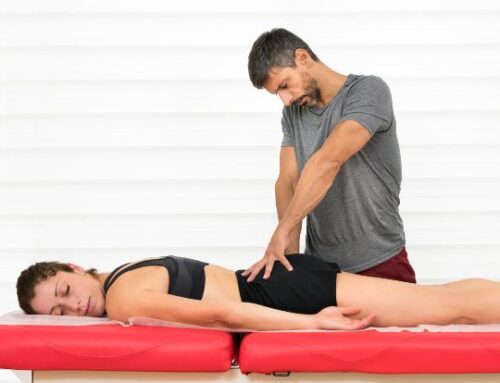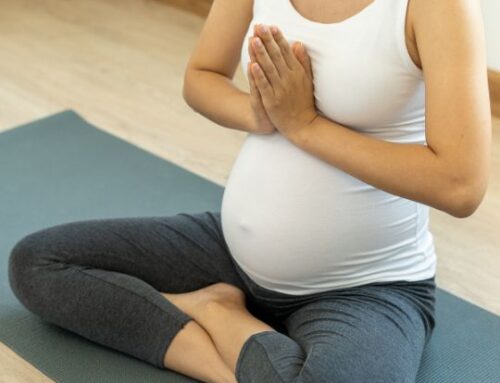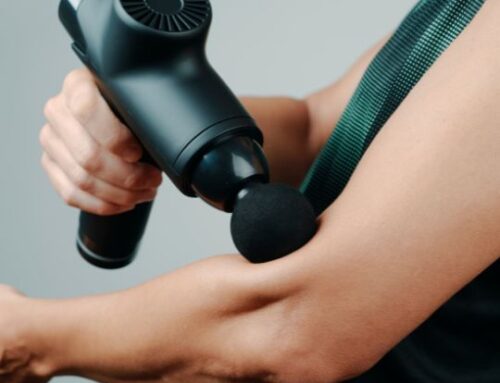Back Squat Mechanics
We’re looking for a braced neutral spine, releasing through the hips first, knees track over or slightly outside the toes, and hip crease below the knees.
You’ve probably seen people in the gym squat with plates under their heels. This allows for better weight balance and allows for a deeper, more comfortable squat. In the case when someone lacks ankle dorsiflexion, this is an easy modification to drastically change your squat mechanics. Another way is wearing lifter shoes. These typically have a heel raise built into the shoe and are usually rather rigid. They allow for a lot of stability, but they definitely are not a good all-around workout shoe. Definitely do not go running in these. Look at any Olympic lifter and you’ll see the vast majority wear these types of shoes.
Is Back Squatting Bad for Your Knees?
I’ve talked about the squat and spine mechanics ad nauseam in the past, so today, I’m going to talk more about the knees. There is a long-standing idea that deep squats are inherently bad for your knees. Interestingly enough, newer research shows that deep squats actually put less stress on the knees compared to shallower squats. According to Hartmann, Wirth, and Klusemann, retropatellar compression forces are highest at 90° of flexion. Also, according to their research, there is a range of knee flexion at which retropatellar compression forces are high, 80-100°, peaking at 90°.
What would contribute to the knees stopping at 90°? Limited ankle dorsiflexion is likely the main culprit. Additionally, the idea that the toes can’t go beyond the knees is another. In the past, I’ve overheard a gentleman in the gym adamantly say that it’s not a squat if the knees go beyond the toes. Tell that to the best pound-for-pound lifters on the planet. Outside of having ridiculously mobile hips, extremely long torso, and short femurs, there has to be translation of the knees over the toes for the squat to occur. Otherwise, it would be a barbell good morning, where the hips rise first and then the barbell is hinged upwards.
Hartmann, Hagen, et al. “Analysis of the Load on the Knee Joint and Vertebral Column with Changes in Squatting Depth and Weight Load.” Sports Medicine, vol. 43, no. 10, 2013, pp. 993–1008., doi:10.1007/s40279-013-0073-6.





